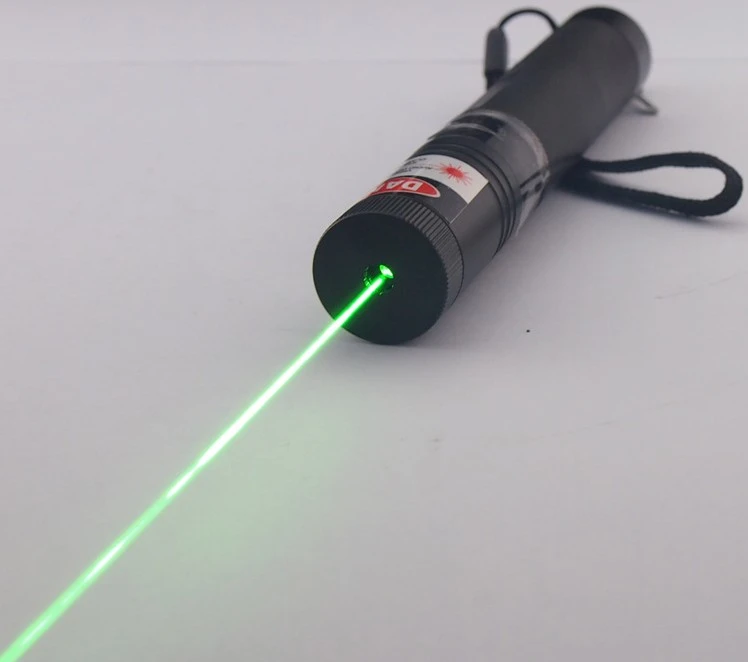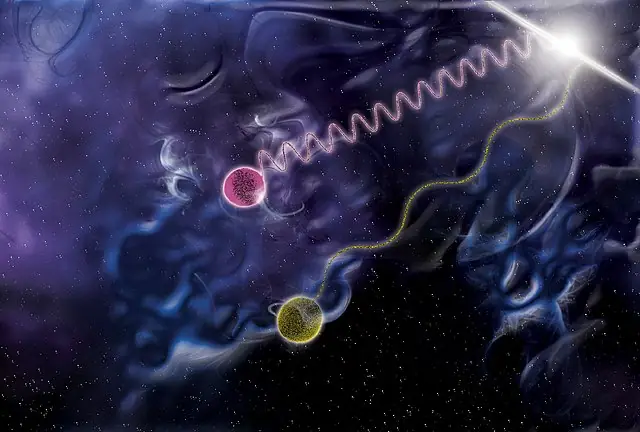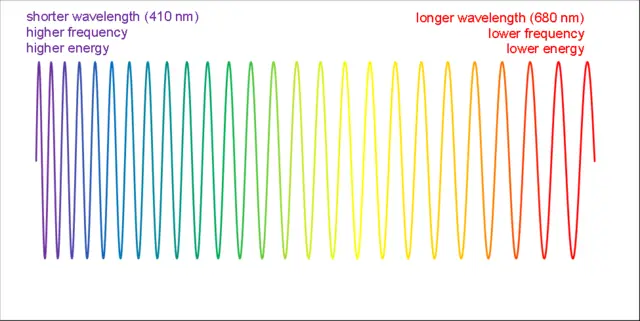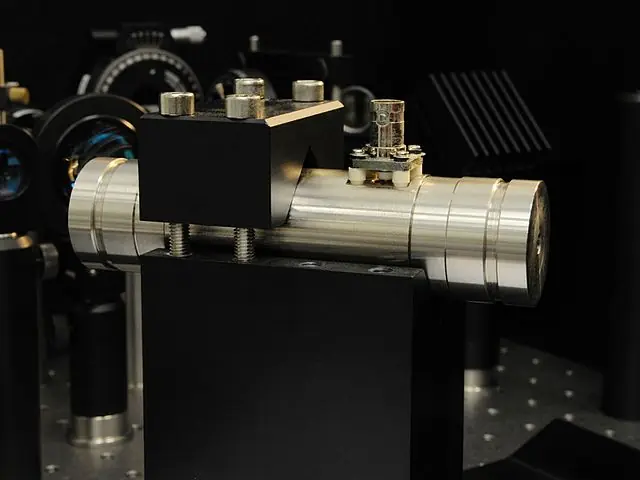Optical Resonators: Principles, Types, and Applications in Modern Technology
Optical resonators, sometimes referred to as optical cavities, are essential components in various modern technologies, from lasers and optical sensors to telecommunications systems. By trapping and circulating light within a defined space, these devices can amplify or manipulate light waves, resulting in a wide array of practical applications.







